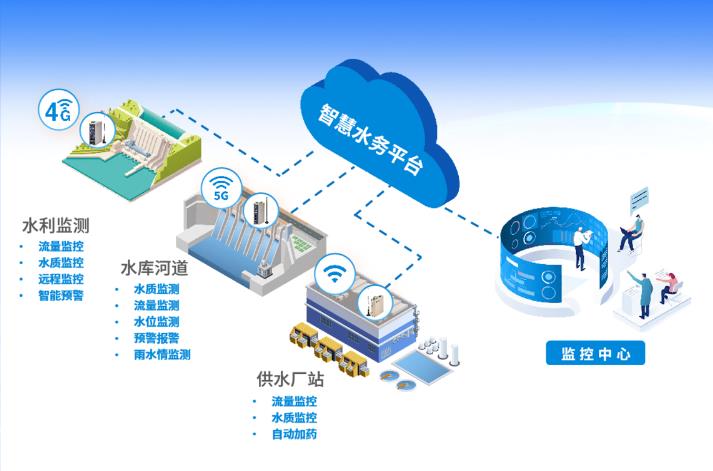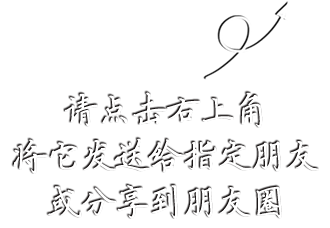-
What are the pain points of smart water utilities? How to build an IoT system?
2025-08-15 14:28:14 When "Internet Plus" is deeply integrated with various industries and fields, concepts such as smart cities, smart manufacturing, and smart water utilities have become increasingly popular, providing reliable convenience for people's lives, work, leisure and other activities.
When "Internet Plus" is deeply integrated with various industries and fields, concepts such as smart cities, smart manufacturing, and smart water utilities have become increasingly popular, providing reliable convenience for people's lives, work, leisure and other activities.
Smart water utilities is a new type of water management model that relies on new-generation information technologies such as the Internet of Things (IoT), big data, artificial intelligence, and cloud computing to intelligently upgrade the entire process of water resource development, utilization, protection, management, and water services. By achieving comprehensive perception, interconnection, data integration, and intelligent decision-making of the water system, it improves the efficiency of water management, optimizes the al of water resources, reduces operating costs, and contributes to the sustainable use of water resources.
The pain point in realizing "smart water utilities" lies in "data-driven decision-making", but data collection is often troubled. Taking water supply as an example, the water supply business chain involves multiple links such as water source monitoring, water plant production, pipeline transportation, and user metering. Each link is often managed by different departments and has long used independent management systems. For instance, the SCADA system (Supervisory Control and Data Acquisition) of water plants and the GIS system (Geographic Information System) of pipelines may come from different manufacturers, with incompatible data formats and closed interfaces, forming "data silos".
If these "data silos" are not broken, decision-making will be like "water without a source" and difficult to implement. In response to this, Wutong Bolian provides efficient and reliable industrial IoT gateways, which support access to various data from PLCs, instruments, sensors, SCADA, DCS, cameras, etc. It can collect water conservancy and hydrological data in real-time and connect to cloud platforms or upper computers via 5G/4G/WIFI/Ethernet, thereby realizing various applications such as data cloud upload, remote monitoring, fault alarm, remote control, operation and maintenance management, and data analysis. At the same time, it provides standard and unified data interfaces for different departments to promote information sharing and interaction.Functional features:
1. It supports direct connection through the PLC's own protocol without separate programming, and can also collect data from various instruments, sensors, CNC machine tools, industrial robots and other equipment.
2. It supports converting various PLCs such as Siemens, Mitsubishi, Omron, Delta, and Schneider into Modbus, MQTT, etc., to connect to Huawei Cloud, Alibaba Cloud, private clouds, and Wutong Bolian Cloud.
3. It supports remote configuration of gateway parameters and firmware upgrades, and can also realize wireless remote upload and download of PLC programs through the equipment maintenance express line, facilitating the debugging and management of PLCs.
4. It supports connection to cloud platforms or configuration upper computers via 5G/4G/WIFI/Ethernet, realizing functions such as local task management, threshold alarm, linkage control, operation and maintenance management, and data analysis.
5. It supports security protection functions such as data TLS security encryption, username/password and certificate authentication access, access control (ACL), and IPsec.
6. It supports customized development to meet data collection of non-standard equipment and private deployment of cloud platforms.



 Go Top
Go Top